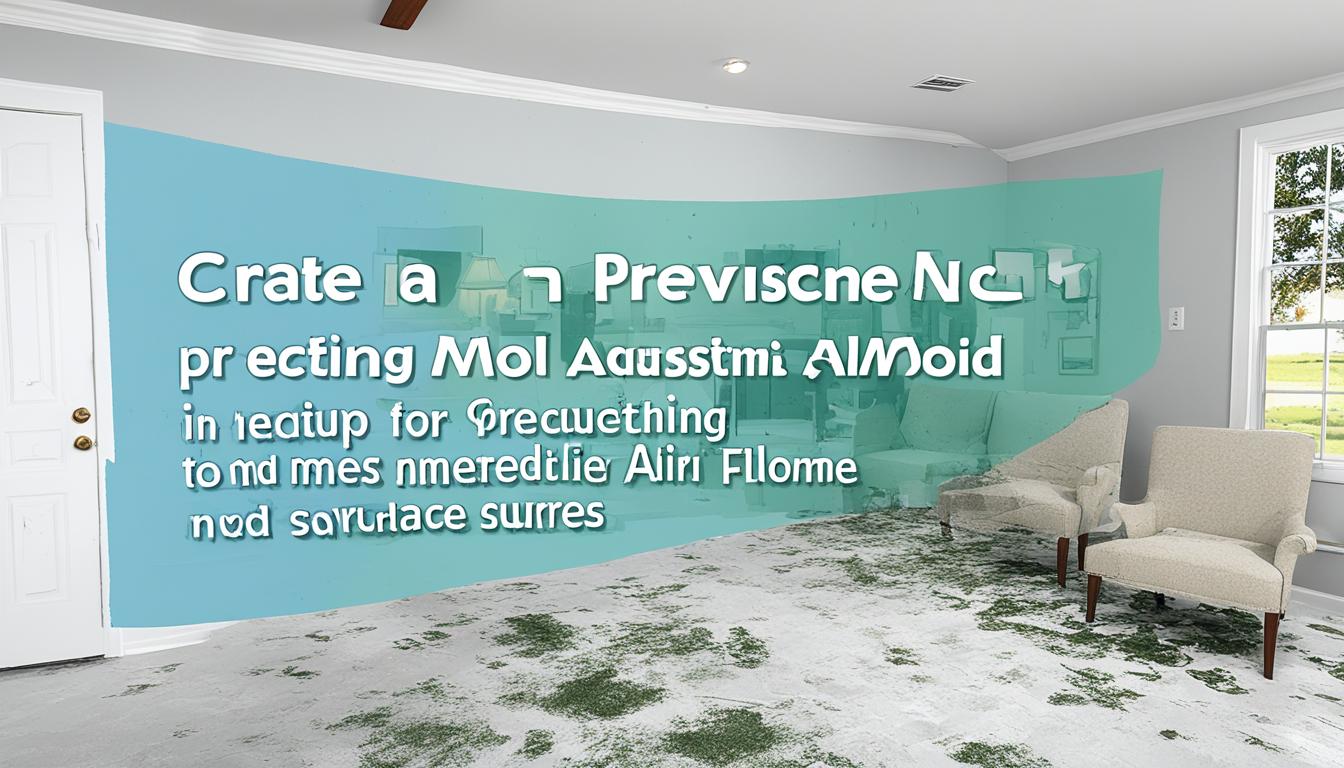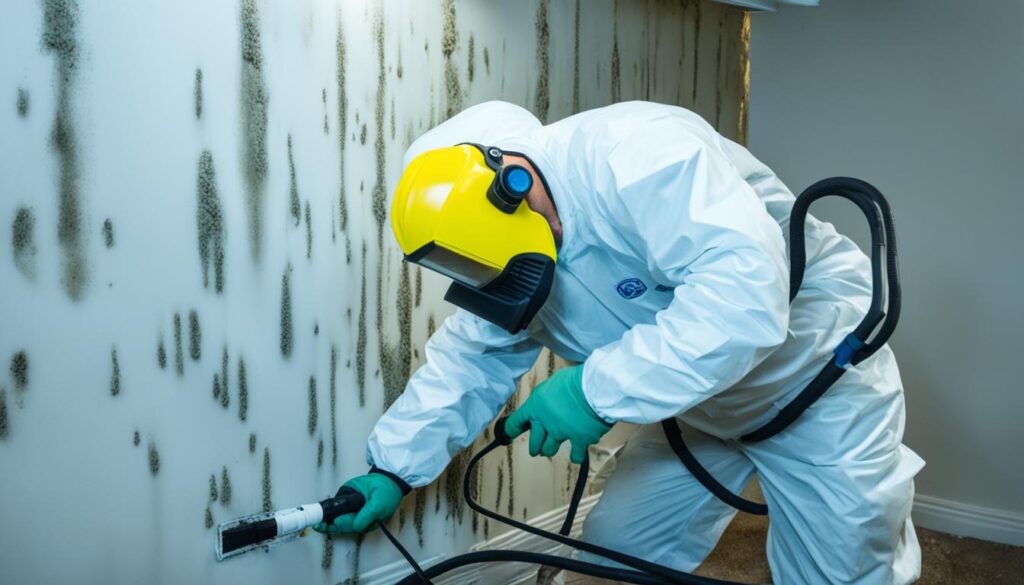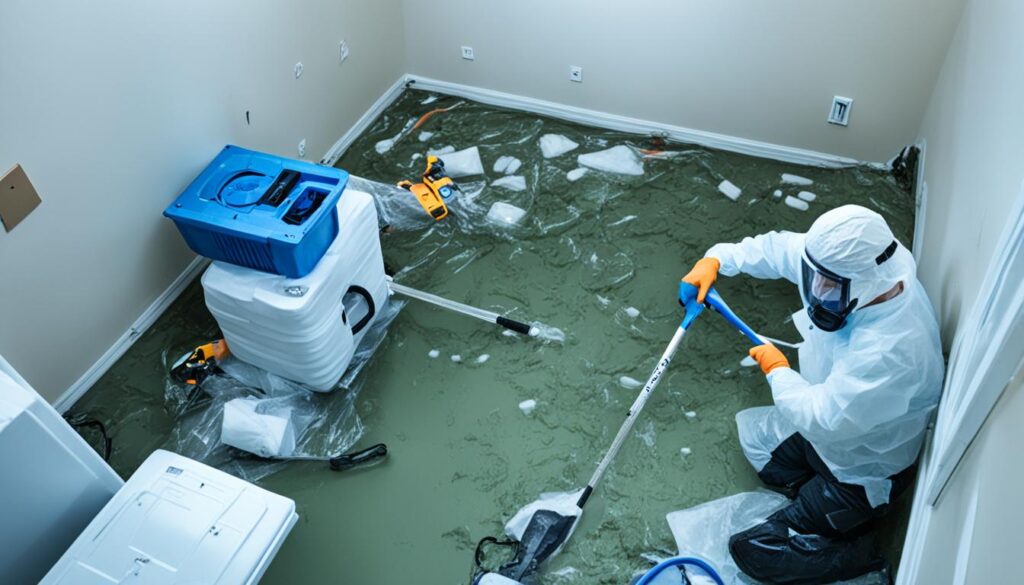
Prevent Mold After Flood in Florida: Key Steps
Prevent Mold After Flood in Florida: Key Steps
After a flood, it is important to prioritize safety when reentering your home. Before beginning any cleanup, ensure that the electricity is turned off and wear protective clothing, including gloves, masks, and goggles. Remove any standing water as soon as possible using pumps or wet vacuums to limit moisture levels. Dispose of damaged items that cannot be salvaged and thoroughly dry out your home by using dehumidifiers, fans, and opening windows if conditions permit.
Preventing the growth of mold is crucial in the aftermath of a flood. Mold can cause significant damage to your property and pose health risks to you and your family. By taking prompt action, following these flood cleanup tips for mold prevention, and implementing Florida flood mold prevention measures, you can mitigate the risk and protect your home from further damage.
Key Steps for Flood Cleanup to Prevent Mold
- Ensure the electricity is turned off before entering your home for safety reasons.
- Wear protective gear, including gloves, masks, and goggles, to avoid exposure to hazardous substances.
- Remove standing water using pumps or wet vacuums to limit moisture levels.
- Dispose of damaged items that cannot be salvaged to prevent mold infestation.
- Dry out your home thoroughly by using dehumidifiers, fans, and opening windows if conditions permit.
Additional Tips for Mold Prevention
- Inspect your home for any signs of water damage, paying close attention to walls, floors, carpets, and furniture.
- Address any visible signs of mold, such as discoloration or a musty odor, promptly.
Pro Tip: If you are uncertain about the extent of mold growth or need professional assistance, consider contacting experts specialized in mold assessment and remediation, like Fix Mold Miami at 305-465-6653.
By following these flood cleanup tips for mold prevention and implementing Florida flood mold prevention measures, you can safeguard your home and minimize the risk of mold growth. Taking immediate action is crucial to prevent further damage and ensure the safety and well-being of your family.
Inspect and Assess for Mold
After a flood, it is crucial to inspect and assess your home for potential mold growth. Taking prompt action can prevent further damage and safeguard against potential health risks. Follow these mold prevention strategies post-flood to minimize the growth and spread of mold in your Florida home.
Thorough Inspection
Start by conducting a comprehensive inspection of your home to identify areas that have been affected by water damage. Pay close attention to walls, floors, carpets, furniture, and other porous surfaces. Look for visible signs of mold, such as discoloration or a musty odor.
Take note of any areas that are consistently damp or have lingering moisture. Keep in mind that mold can grow in hidden spaces, such as behind walls or under floorboards. Consider using moisture meters or thermal imaging cameras to detect hidden mold sources.
Professional Assessment
If you notice extensive mold growth or are uncertain about the extent of the infestation, it is best to seek professional assistance. Contact reputable mold assessment experts like Fix Mold Miami at 305-465-6653 for a thorough evaluation of your property.

Cleanup and Remediation
After a flood, it is crucial to take immediate action to clean up and remediate your home to safeguard against mold growth. Following these Florida flood mold remediation steps will help you mitigate the risk and protect your property.
1. Remove and Discard Mold-Infested Materials
Begin the cleanup process by identifying and removing any materials that have been affected by mold. This may include water-damaged items such as furniture, carpets, drywall, and insulation. Properly dispose of these items to prevent further contamination.
2. Clean Hard Surfaces
Using a detergent solution, thoroughly clean hard surfaces in your home to eliminate any traces of mold. Scrub the affected areas with a brush or sponge, paying close attention to corners and crevices. Rinse the surfaces with clean water and ensure they are completely dry.
3. Consider Biocide or Fungicide Application
In cases of extensive mold growth or persistent mold issues, consider using a biocide or fungicide approved for mold remediation. These products can help eradicate mold spores and prevent future growth. However, it is essential to follow the manufacturer’s instructions and use such products with caution.
4. Ensure Proper Ventilation
During the cleanup and drying process, it is crucial to maintain proper ventilation to reduce humidity levels and promote drying. Open windows and doors if weather conditions allow and use fans or dehumidifiers to improve air circulation. This will aid in preventing mold growth and speeding up the drying process.
| Florida Flood Mold Remediation Steps | Safeguarding Against Mold After Flooding in Florida |
|---|---|
| Remove and discard mold-infested materials | Clean hard surfaces with a detergent solution |
| Consider biocide or fungicide application | Ensure proper ventilation during the cleanup process |
By following these Florida flood mold remediation steps, you can effectively safeguard against mold growth after flooding. Remember, if you are unsure about the severity of the mold infestation or need professional assistance, reach out to trusted mold remediation experts.

Conclusion
Taking immediate action to prevent mold growth after a flood in Florida is crucial for the safety and wellbeing of your home. By following the essential steps outlined above, you can minimize the risk of mold and protect your property. Remember, if you are unsure or require professional assistance, contact experts like Fix Mold Miami at 305-465-6653 for a mold assessment and remediation services.




